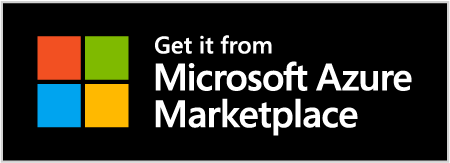Most employee training doesn’t fail because it’s underfunded or under-designed. It fails because it misunderstands what employees actually want.
We tend to treat training as a box to check, an event to schedule, or a static resource to share. The result? A learning experience that feels disconnected from daily work and divorced from real-world value. But employees have been clear about what they want. They’re not asking for flashy learning portals or dense training manuals. They want support that’s practical, personal, and on their terms.
The expectations are clear
Recent data from HR Dive reveals a strong consensus:
- 93% of workers want training that is easy to complete and understand
- 91% want training that’s personalized to their job
- 90% want training that’s engaging and even fun
- 89% want access to training anytime and anywhere they need it
- 85% want to be able to choose training times that fit their schedule
- 80% say frequent, routine training is more important than formal one-off sessions
These aren’t fringe preferences. They’re near-universal expectations. And they reflect a broader cultural shift: one where people are used to immediate access, personalized experiences, and digital tools that fit into their lives, not the other way around.
So why hasn’t employee training kept up?
Too often, training still looks like it did a decade ago: long e-learning modules, hours-long webinars, and one-size-fits-all courses that feel more like a compliance checkbox than a meaningful development opportunity.
When we ask employees to sit through this kind of content, we’re signaling that their time and their learning style doesn’t matter. And in a labor market where engagement, retention, and performance are more closely tied to development than ever before, that’s a costly message to send.
It’s time to treat training like a product
If 93% of users told a company that their app was too hard to use, that company would redesign it. If 89% said they wanted to use it on mobile, mobile access would become a top priority.
Training deserves the same mindset.
Designing employee training today means creating experiences that are:
- Easy to use: Intuitive, quick to start, and frictionless to complete
- Accessible on demand: Not locked to a schedule or tied to a desk
- Relevant: Tailored to specific roles and skills, not generic or theoretical
- Routine: Integrated into work as a habit, not a one-time event
- Engaging: Interactive and motivating, not passive or forgettable
Modern learners want training that fits into the flow of their work, not something that pulls them away from it.
See how ServiceSim works in 90 seconds:
Simulations and real-world scenarios lead the way
One of the most effective formats for meeting these expectations is scenario-based simulation. It mirrors how people learn best: by doing. When training puts employees in the types of realistic situations they’re likely to face in their actual role, they’re more engaged, more confident, and more likely to retain what they’ve learned.
That’s the idea behind tools like ServiceSim, which use AI-powered simulations to give agents the chance to practice in real-world scenarios without real-world consequences. But the principle applies no matter what tool you use: Training should feel like the job and not like a class about the job.
What employees are really asking for
When employees say they want flexible, easy, and relevant training, what they’re really asking for is respect. They want learning experiences that respect their time, their intelligence, and their individual needs.
Organizations that listen will see stronger performance, faster ramp times, and more engaged teams. Not because they’ve “checked the box” on training, but because they’ve fundamentally changed what training means.
Want to Try ServiceSim free?
Visit the ServiceSim listing on Microsoft’s Azure Marketplace

SUBSCRIBE FOR EMAIL UPDATES

